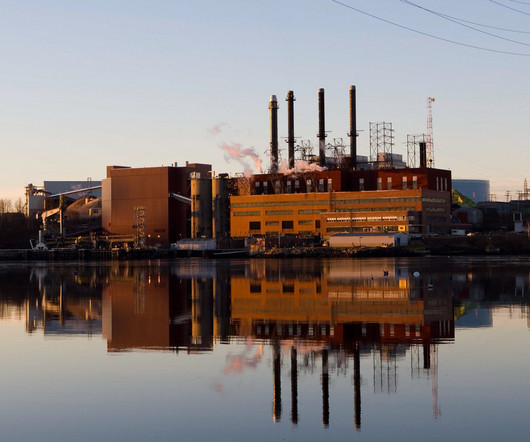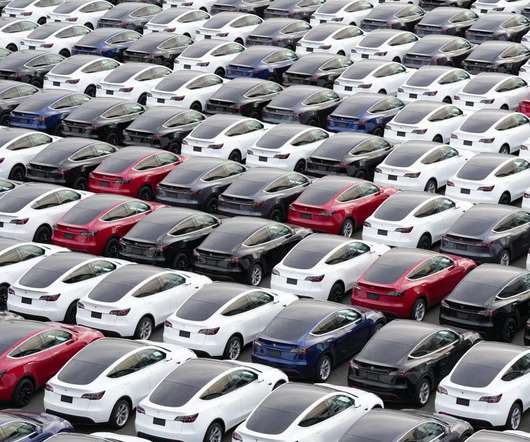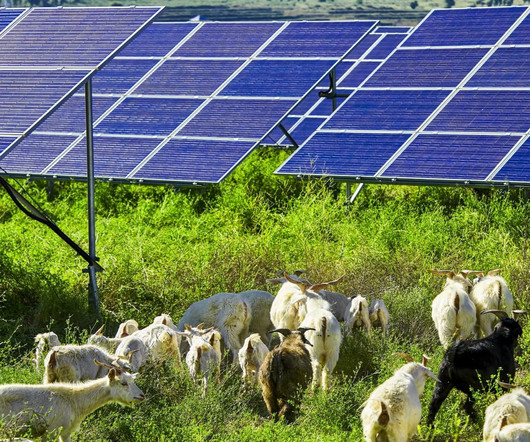New England to become the second coal-free region in the US
Baua Electric
MARCH 29, 2024
Photo: PSNH/Flickr Both of New Hampshire’s coal plants are shutting, making New England the second coal-free region in the US. The Bow, New Hampshire-based power station has committed to retiring the coal-burning units at Merrimack and Schiller Stations in New Hampshire, by 2028 and 2025, respectively. Get started here. –ad*































Let's personalize your content